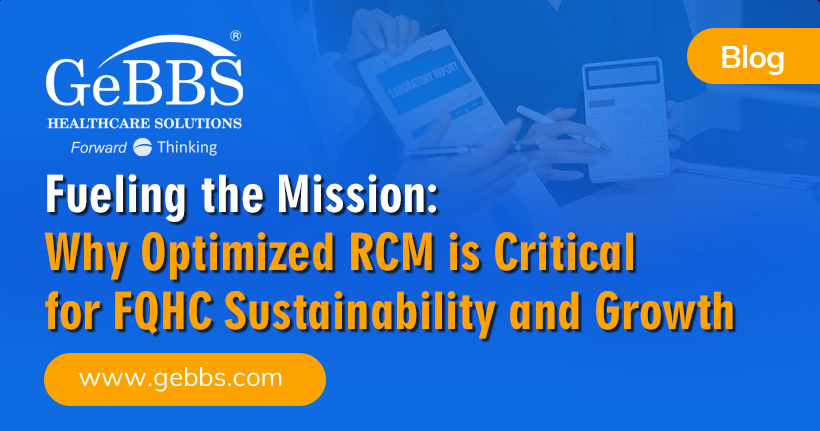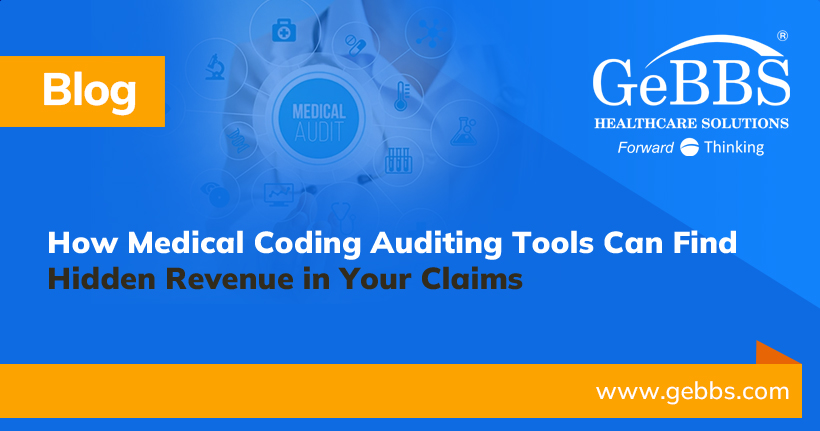Demand for health information exchanges (HIEs) is growing with the drive toward interoperability and the need to maintain compliance with standards for value-based care.
An HIE allows providers to better facilitate care coordination through several functions, including accessing up-to-date medical records promptly and sharing new or amended information securely and immediately with key stakeholders in the patient journey. An HIE can also prove instrumental in reducing duplicate or unnecessary treatments and avoiding other costly mistakes, according to HIE data from the Office of the National Coordinator (ONC) for health information technology.
Critical Benefits of a Health Information Exchange
The ONC outlines 11 key HIE benefits and many tie directly into patient care coordination:
- Create the foundation for a healthcare IT infrastructure
- Provide basic interoperability among electronic health records (EHRs) used by physicians and other healthcare stakeholders
- Stimulate patient education and healthcare involvement by allowing improved access to their medical information and more control over their care
- Increase workflow efficiency and accelerate the patient journey by eliminating unnecessary or duplicate paperwork
- Eliminate unnecessary or redundant medical testing
- Improve care quality and patient safety by reducing medication errors and medical errors
- Improve clinical decision-making by providing caregivers with more in-depth and faster support tools
- Improve public health monitoring and reporting
- Create a feedback loop for medical research and practice
- Facilitate the integration of emerging technologies and healthcare services
- Reduce health-related costs
An HIE ensures that everyone involved in the patient journey can access current, consistent information. An HIE also promotes care efficiency through automated appointment reminders and follow-up messaging, direct prescription transfer, and other digital capabilities designed to optimize care coordination and enhance care quality.
HIEs, Care Coordination and Value-Based Care
A recent EHR Intelligence article emphasized the advantages of HIEs in value-based care. HIEs, as the article notes, are capable of helping providers achieve the primary goals of value-based care: bettering individual care, boosting population health management and reducing healthcare costs.
An HIE facilitates these goals in part through accurate and efficient care coordination. An HIE supports sharing EHRs through different systems and allows providers to access medical information in real-time.
HIEs also accommodate new patients and patients with incomplete clinical records and allow providers to track the care their patients may receive from specialists and other external providers. Currently, many primary care physicians have no access or limited access to information about health services their patients receive outside of their care; it often falls on patients to communicate vital follow-up medical services to their primary providers.
HIEs enable providers to add and update patient medical data locally and transfer those updates throughout the care continuum, as well as view the results of diagnostic tests with immediacy. HIEs also empower providers to track patients with severe illnesses or chronic conditions across multiple specialists and monitor their progress.
An HIE’s Role in Closing Care and Coordination Gaps
The wealth of data available through an HIE can inform a more comprehensive view of population health, recognize emerging health trends, develop better care strategies, identify care gaps and close care coordination loops. A 2021 study examined the use of HIE-based alerts to refine care coordination and diminish care gaps at two Veterans Affairs (VA) medical centers.
Researchers used an HIE-driven event notification service (ENS) to send alerts to primary care providers when their patients were hospitalized or visited emergency departments outside the VA system. The alerts spurred a jump in follow-ups.
Patients whose primary care providers received an alert were four times more likely to have phone contact with their primary care teams within seven days and twice as likely to have an in-person visit within 30 days than patients whose primary providers did not receive alerts for acute care outside of the VA network. Researchers stated that the HIE alerts enabled primary care teams to be proactive instead of reactive in follow-up care and tighten care coordination loops.
The instant, widespread access to accurate data supplied by HIEs prevents procedural redundancies and unnecessary admissions or readmissions, which help reduce healthcare costs and improve the patient experience. HIEs also permit medical researchers to gather information from multiple EHRs across multiple networks for richer data sets that can be used for studies and to strategize future public health initiatives.
Working with a Health Information Management Provider
The benefits of engaging with HIEs are myriad, especially as hospitals and other providers take on greater financial risks than were associated with traditional fee-for-service care. Yet only about half of providers use an HIE, according to a 2021 report.
That study found that an HIE was used in approximately 49 percent of referrals from more than 40,000 providers. HIE use rates were higher among larger systems than among small providers and individual practitioners.
The research indicated a lack of integrated health information systems and insufficient IT infrastructure as limitations to overall HIE use. A health information management (HIM) partner’s platform should be engineered for HIE compatibility and with value-based care in mind. It should reduce the time and resource burdens on providers to capture, retrieve and share data.
For example, GeBBS Healthcare Solutions leverages AI-fueled technology and certified coding professionals to help providers improve chart coding and risk-adjustment factor (RAF) score accuracy, maintain Healthcare Effectiveness Data and Information Set (HEDIS) compliance and elevate revenue.
GeBBS incorporates HIE interoperability and can process up to 50,000 charts per day; GeBBS’ services can further be targeted regionally or throughout the United States, which is ideal for accessing pharmacy, laboratory, radiology, hospital and other medical records for people who have moved or experienced events that led them to the hospital while traveling.
About GeBBS Healthcare Solutions
GeBBS Healthcare Solutions is a leader in health information technology and risk-adjustment services for providers and health plans. GeBBS is dedicated to our clients’ success and the patient experience, and we support our partners with advanced IT backed by certified coders, audit professionals and electronic medical record experts.
GeBBS is proud to be recognized as a Leader by Everest Group’s Revenue Cycle Management Operations, one of Black Book Market Research’s Top 20 RCM Outstanding Services, one of Inc. 5000’s Fastest-Growing Private Companies in the United States, one of Market Research’s Top 20 RCM Outstanding Services and one of Modern Healthcare’s Top 10 Largest Revenue Cycle Management Firms. Connect with GeBBS today at gebbs.com to request a consultation and free demonstration.






